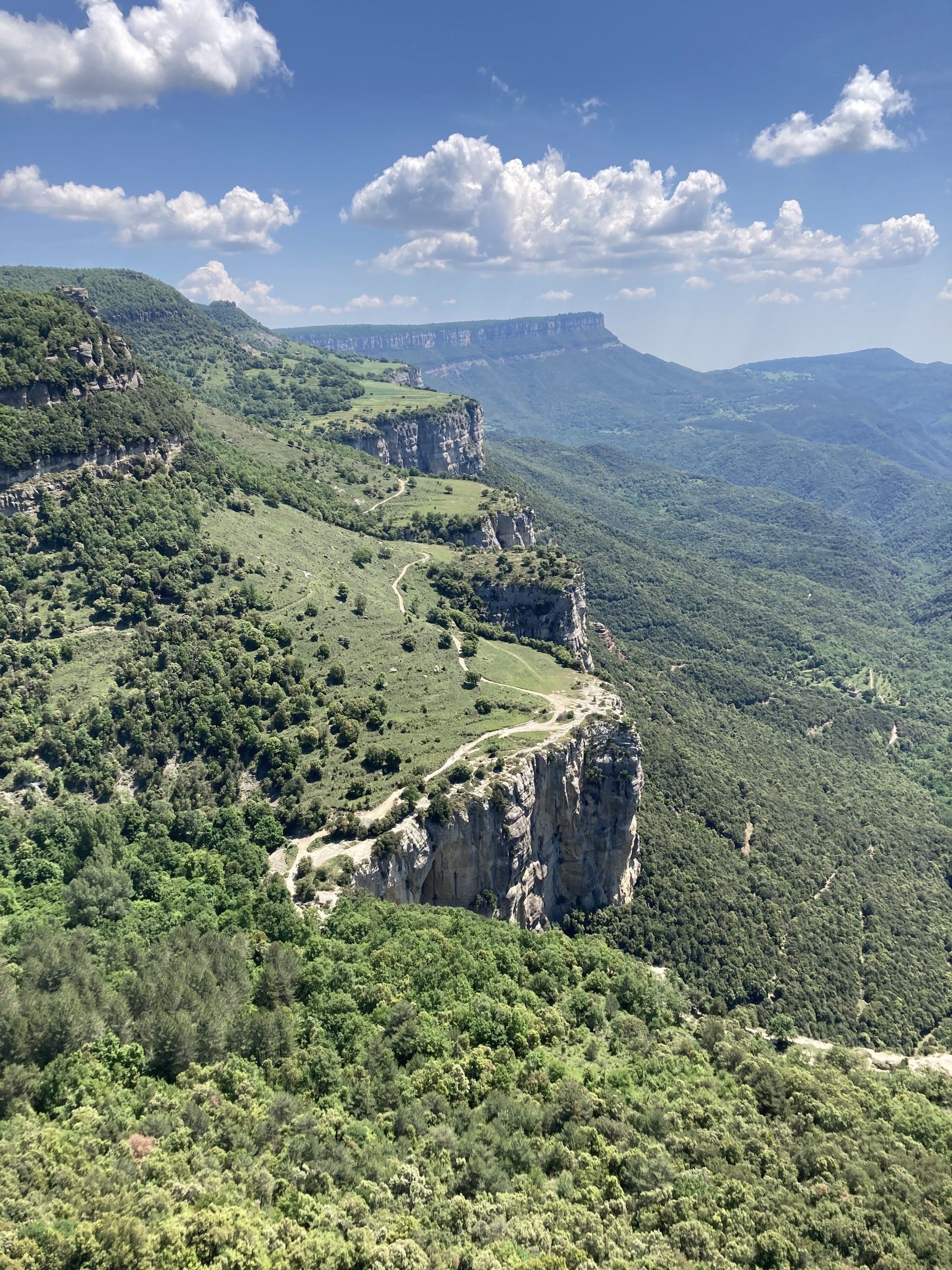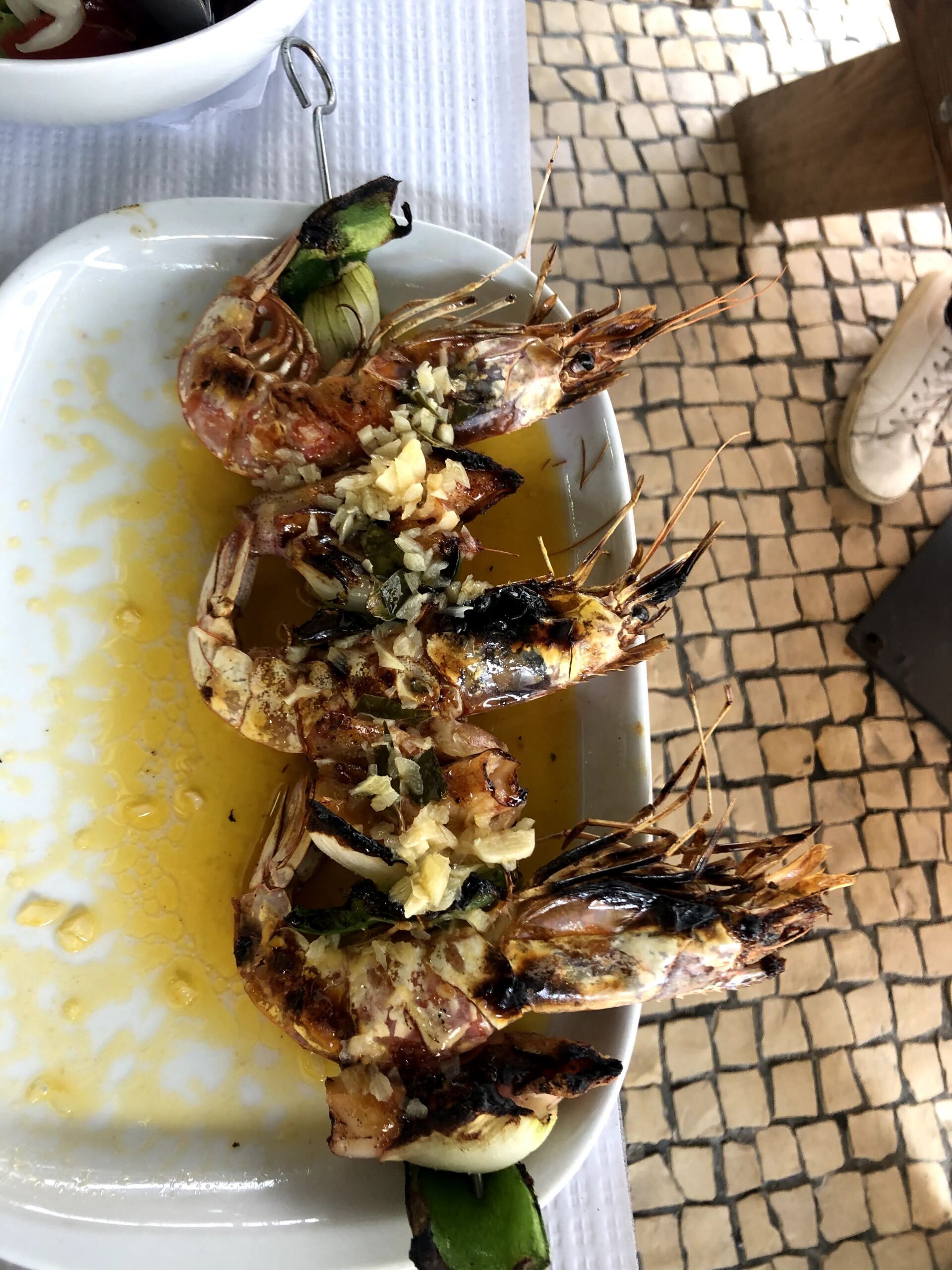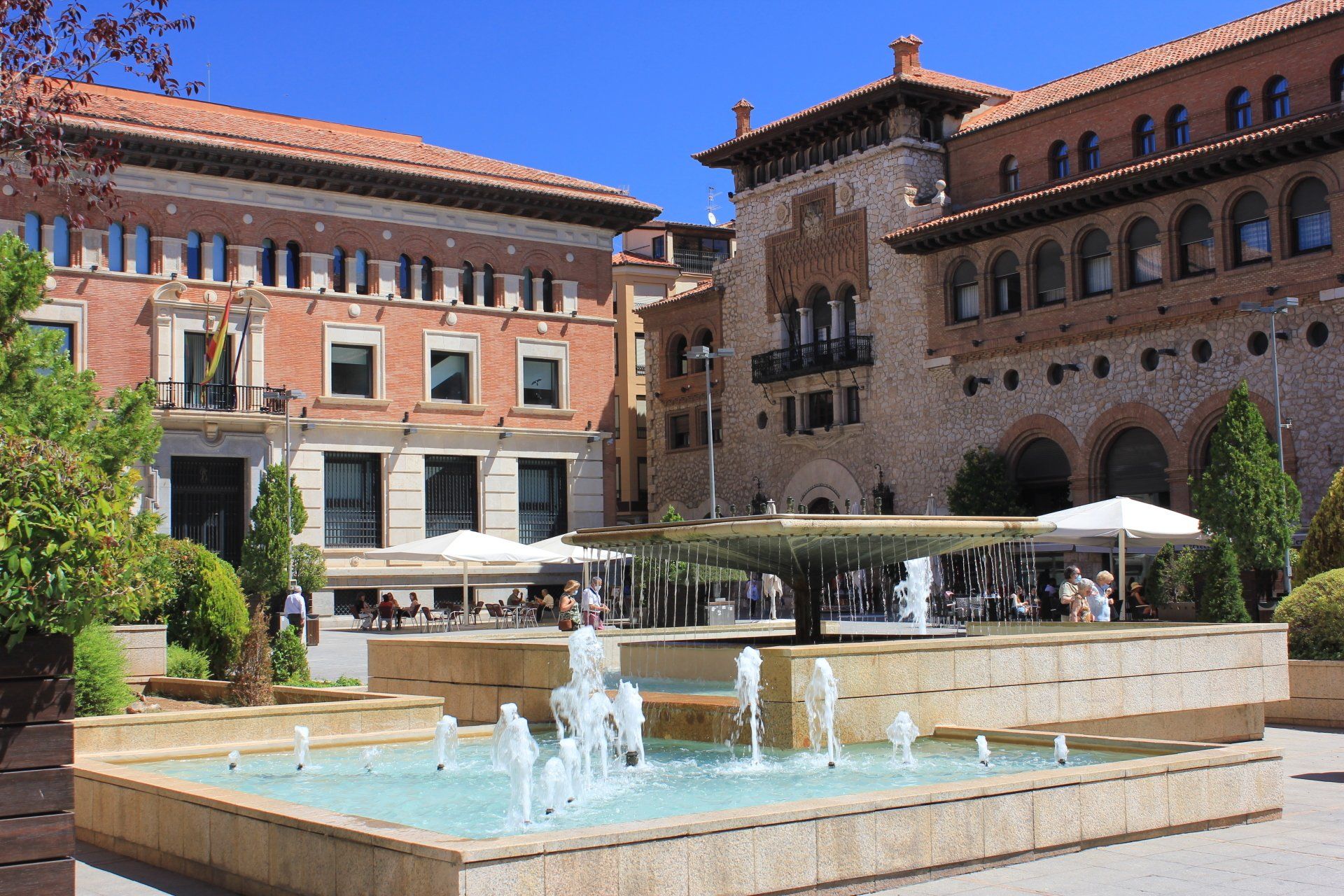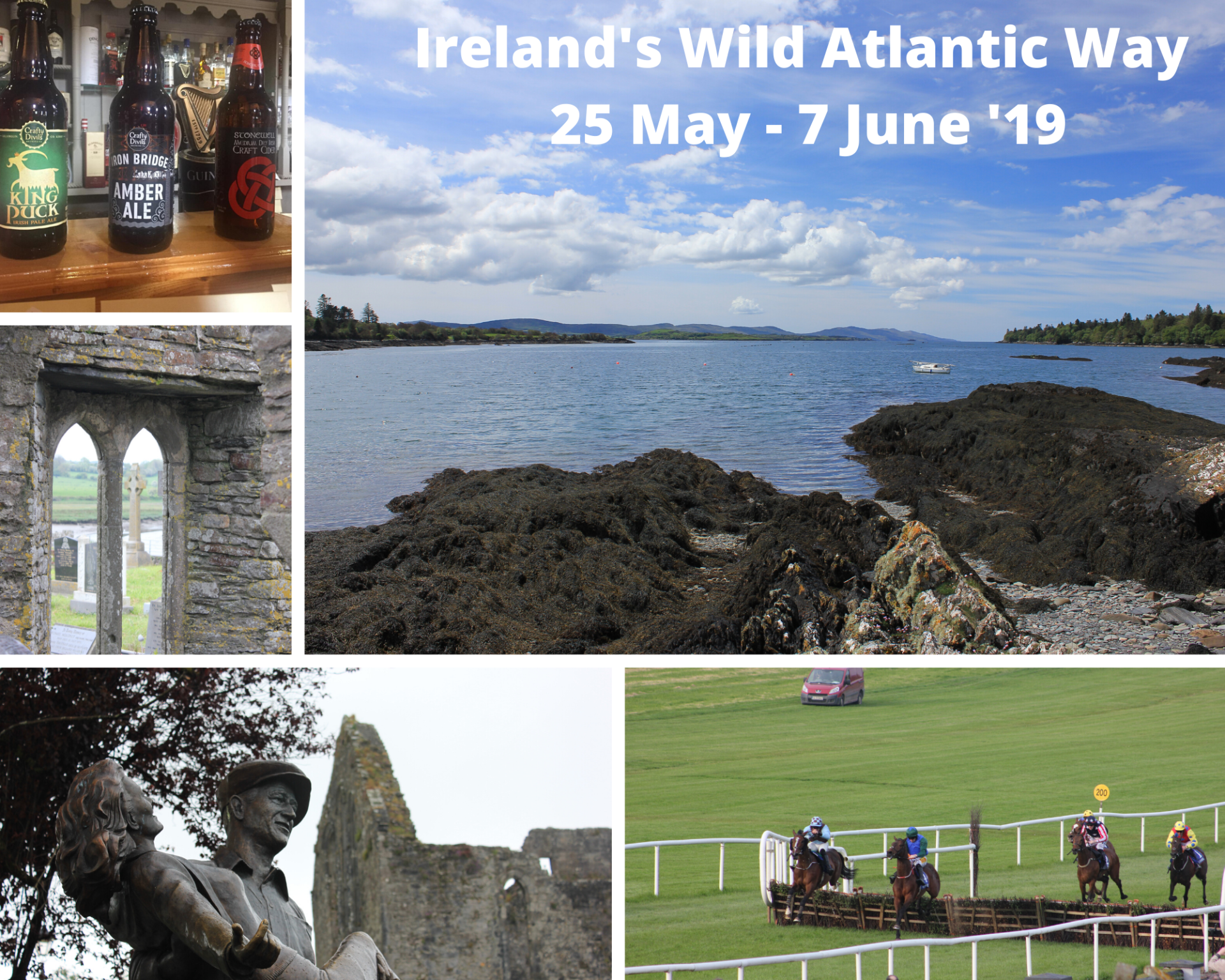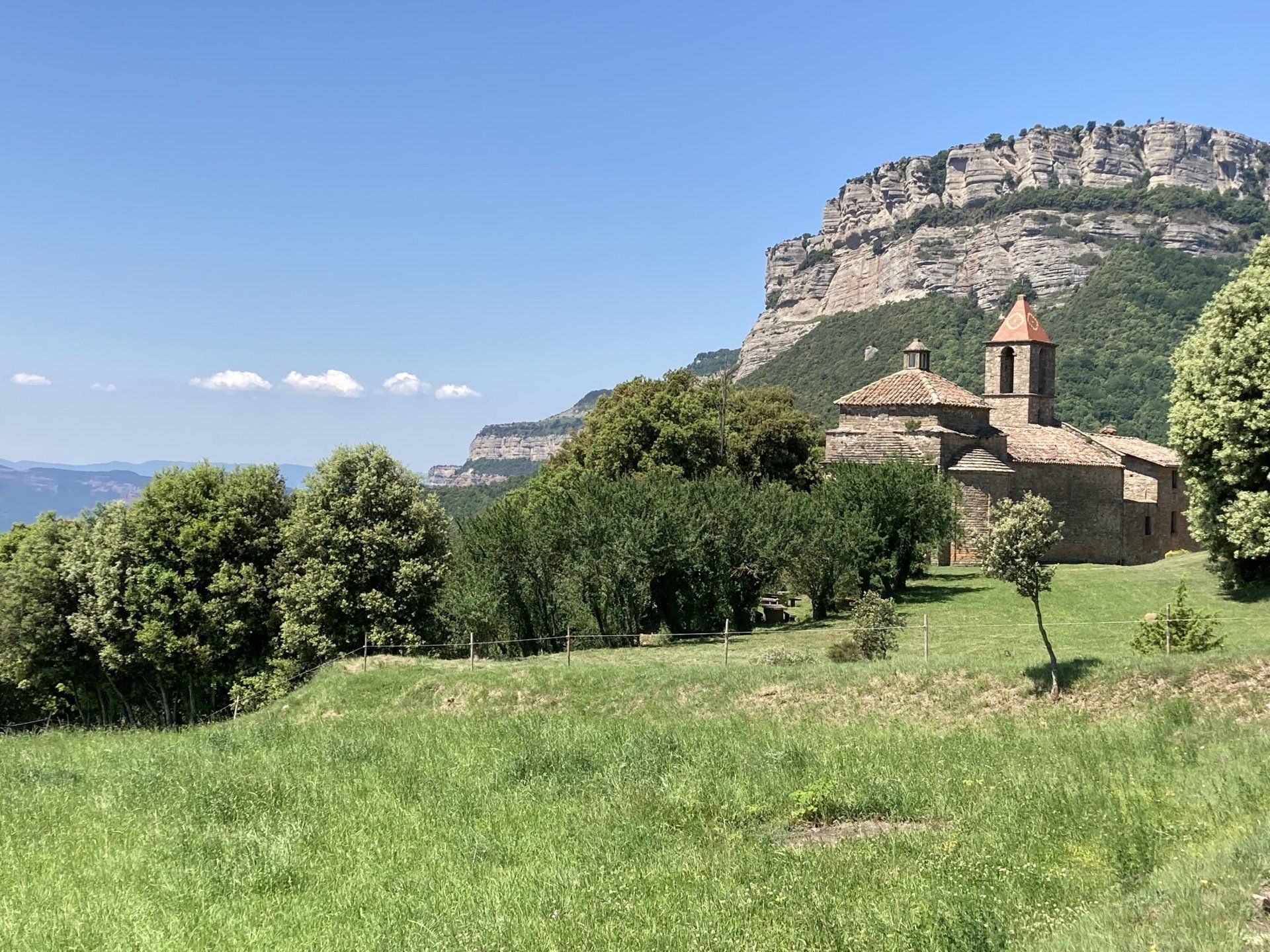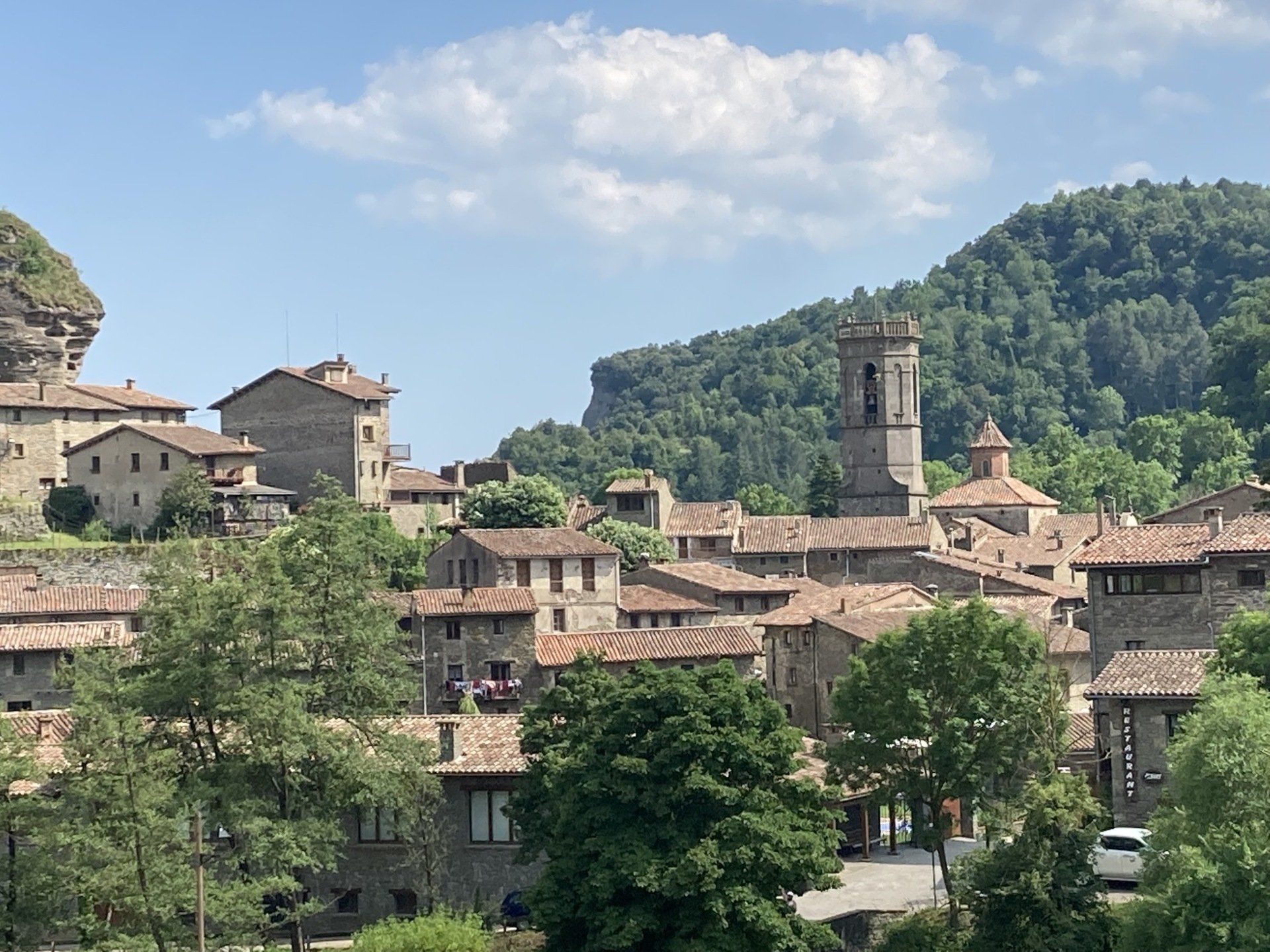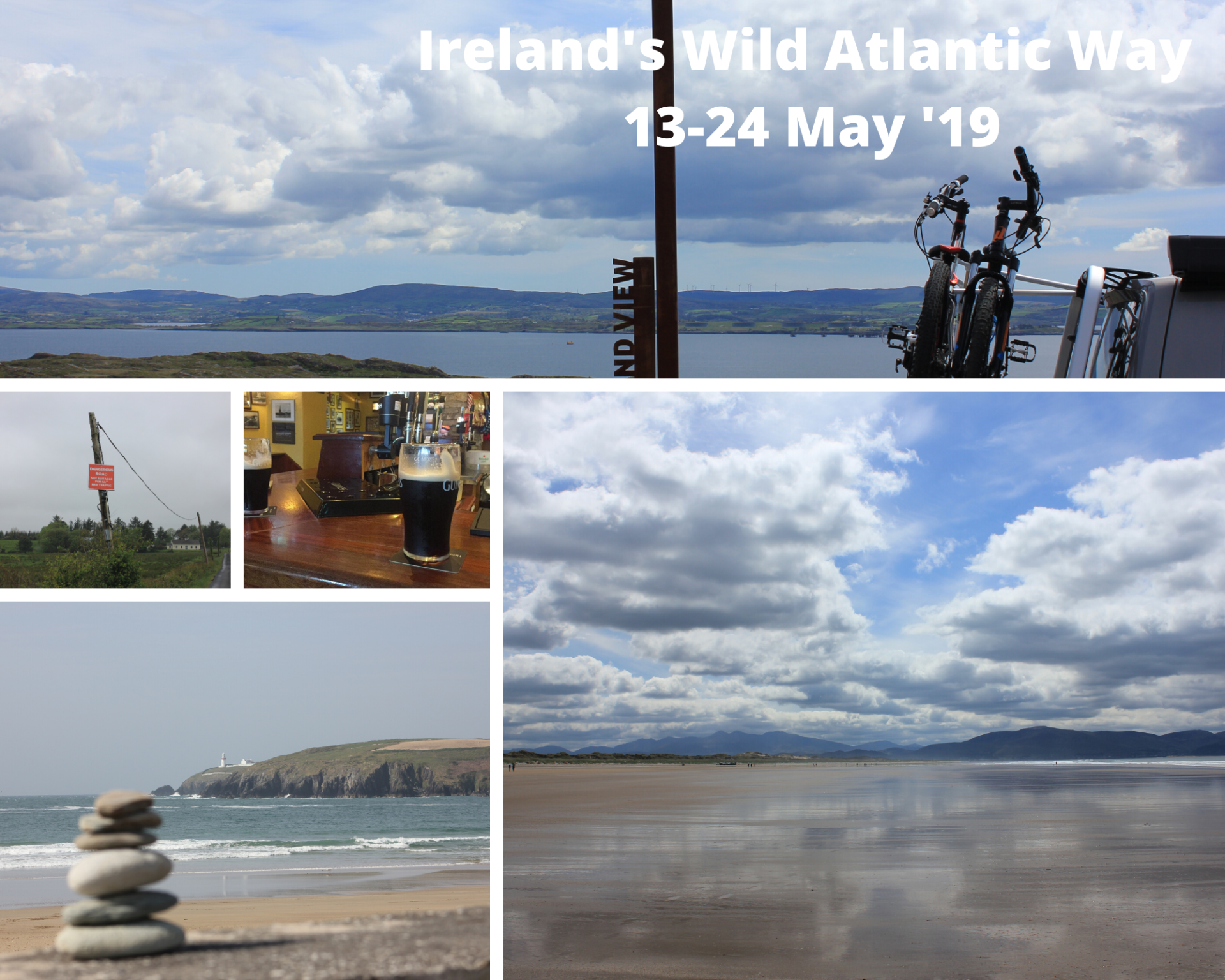by John Swift
•
3 July 2020
En route, road signs reminded us that our destination’s official name is the Dutch language “Ieper”, whilst the French “Ypres” is more commonly known; however we discovered whilst there, it was also known as “Wipers” by the British troops stationed there in the “Great War”, but more about that later. Fortifications around the town existed for over a thousand year, with successive occupiers and conquerors providing additional ramparts and moats to protect its strategic position. For a large part of World War 1, Ypres was surrounded by German forces on three sides, from where it was heavily bombarded resulting in extensive destruction. Camping Jeugdstadion The municipality run Camping Jeugdstadion is perfectly situated to enjoy Ypres and the surrounding area. On foot it’s only 5 minutes to the city walls, 15 mins to both the Menin Gate, and the Grote Markt, the central square with its famous Cloth Hall. The site is well equipped with two amenity blocks, recycling and electricity and water points, a field for camping, cabins for rent and a hardened grass area for campervans and caravans. We used one of the additional concrete plots for campers and mobile homes, where their website states that awnings aren’t allowed, however the super friendly staff were very chilled about us putting ours out onto the adjacent grass area. It is possible to hire bikes from the site, and whilst slightly better rates may have been available elsewhere in the city, the convenience was hard to beat. Menin Gate and last post ceremony Between 1914 and 1918, hundreds of thousands of men marched through the Menin Gate on their way to the battlefields. The location was therefore chosen as one of the four sites to commemorate members of the Commonwealth forces with no known grave. The grand arch of the gate and its surrounding structure are covered in stone slabs, into which are carved the names of over 54,000 men. Shortly after the memorial was inaugurated in 1928, the buglers of the local Fire Brigade played the Last Post as an expression of gratitude by Belgian nation towards those who had died. The tradition continues to this day, and can be seen every evening at 8pm. People start to gather from 7pm, and traffic is stopped around 30 minutes later, so I’d recommend getting there early enough to gather within the arches of the gate itself to fully appreciate this moving and atmospheric event. The night we were there included wreath laying by UK veterans and schoolkids, and bagpipe music from a very nervous teenage piper who we found ourselves offering words of calm and reassurance to whilst waiting for the ceremony to start. He didn’t have to worry as he was fantastic. Grote Markt The central square known as the Grote Markt is surrounded by shops, restaurants and the Cloth Hall, which is also home to the In Flanders Fields museum. The museum provides displays explaining how the battles unfolded around the city, how soldiers lived in the trenches, and capturing the scale and senselessness of the loss of life. Although a difficult subject matter, this museum is a must during any visit to Ypres.
